Identify the structure in the diagram below
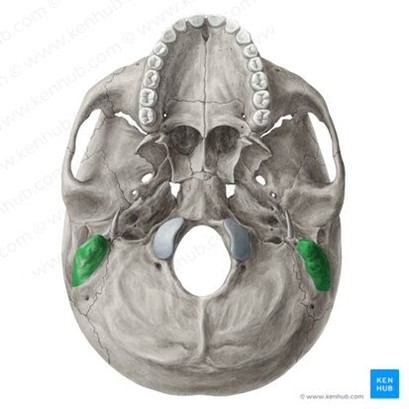
The Correct Answer is ["Mastoid process"]
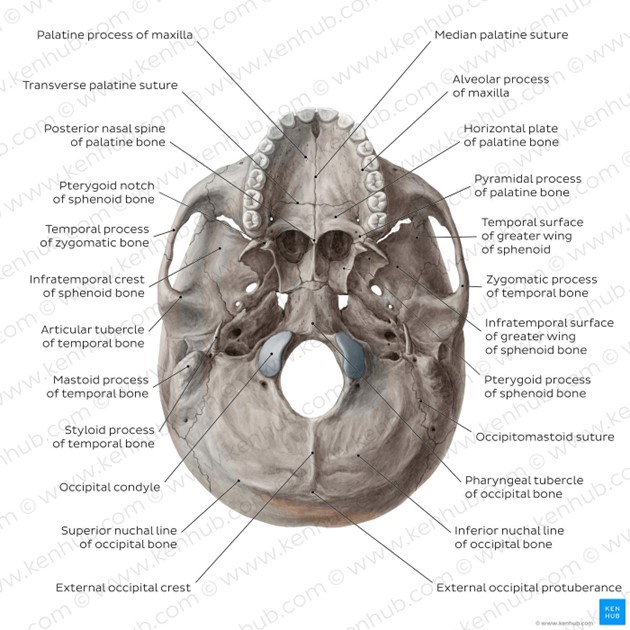
The mastoid process is a bony prominence located on the temporal bone of the skull, behind the ear.
It serves as an attachment site for several muscles, including the sternocleidomastoid and the splenius capitis.
The mastoid process also contains small air cells that are connected to the middle ear, which play a role in regulating the pressure within the ear.
In addition, the mastoid process is located in close proximity to several important structures, including the facial nerve, the internal jugular vein, and the sigmoid sinus.
Injuries to the mastoid process can occur as a result of trauma, infection, or tumors, and can cause pain, swelling, and other symptoms.
Nursing Test Bank
Naxlex Comprehensive Predictor Exams
Related Questions
Correct Answer is B
Explanation
The rib is a part of the axial skeleton, not the appendicular skeleton.
The axial skeleton
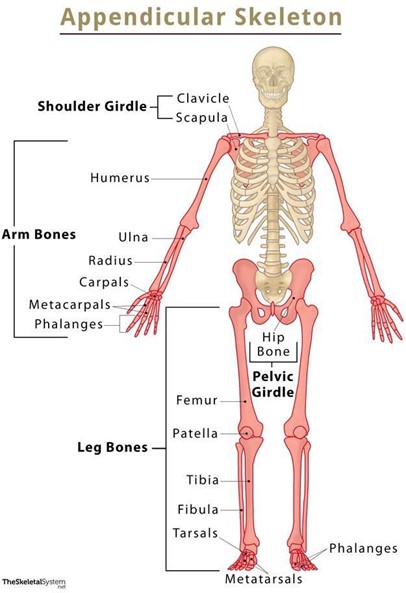
Choice A is incorrect because the clavicle is a part of the pectoral girdle, which connects the upper limbs to the axial skeleton.
Choice C is incorrect because the femur is a part of the lower limb, which is supported by the pelvic girdle.
Choice D is incorrect because the scaphoid is a part of the carpals, which are bones of the wrist in the upper limb.
Correct Answer is ["epiphyseal analysis"]
Explanation
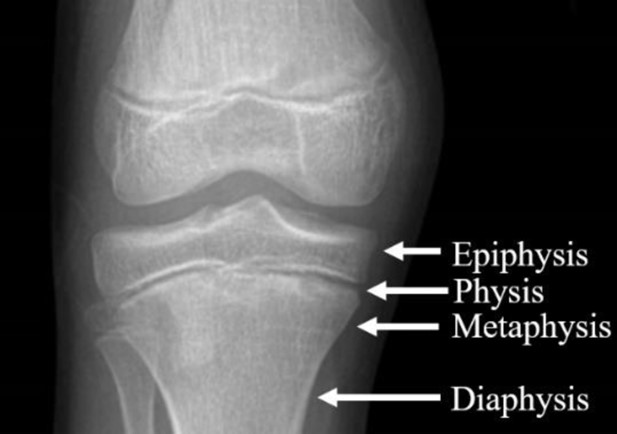
The epiphysis is the rounded end of the femur that articulates with the hip bone and knee joint.
As a child grows, the epiphysis gradually fuses with the rest of the bone through a process called ossification.
By examining the degree of fusion of the epiphysis with the femur on an X-ray, doctors can estimate the age of the child.
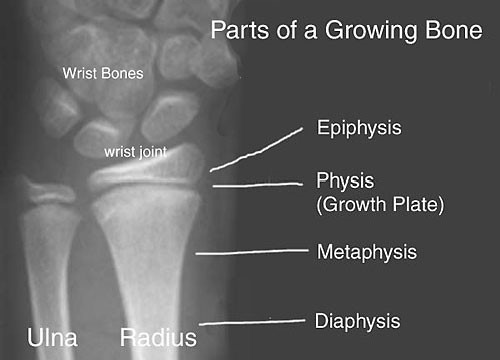
In general, the younger the child, the less fused the epiphysis will be, and the easier it will be to determine the child's age.
However, it's important to note that this method provides only an approximate age range and cannot be used to determine an exact age.
Whether you are a student looking to ace your exams or a practicing nurse seeking to enhance your expertise , our nursing education contents will empower you with the confidence and competence to make a difference in the lives of patients and become a respected leader in the healthcare field.
Visit Naxlex, invest in your future and unlock endless possibilities with our unparalleled nursing education contents today
Report Wrong Answer on the Current Question
Do you disagree with the answer? If yes, what is your expected answer? Explain.
Kindly be descriptive with the issue you are facing.
